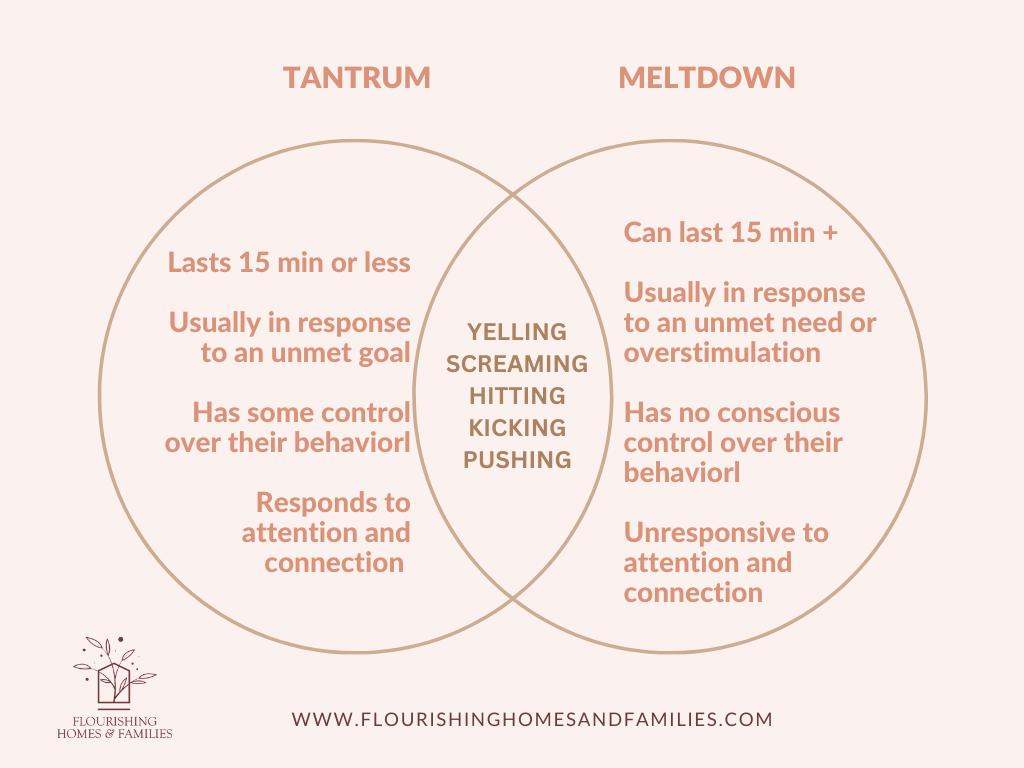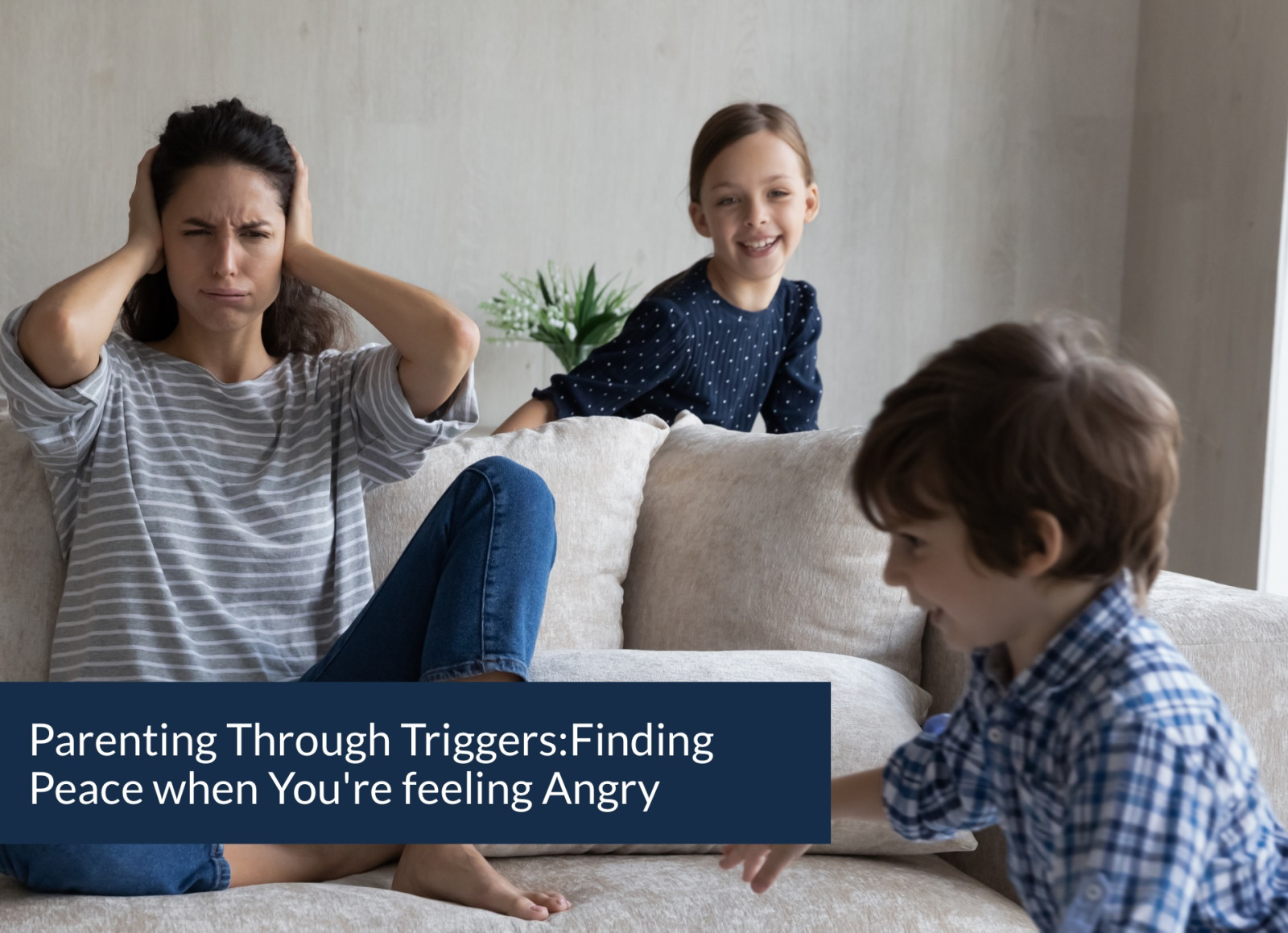
Parenting is an incredible journey filled with ups and downs, and one of the challenges many parents face is understanding the difference between a tantrum and a meltdown. While these terms are often used interchangeably, it is crucial to recognize that tantrums and meltdowns arise from distinct emotional processes within the brain. In this blog post, we will explore the brain science behind these two phenomena, shedding light on their differences and providing insights to help parents respond effectively.
Understanding Tantrums
Tantrums are commonly observed in young children and are often triggered by frustration, fatigue, hunger, or a desire for autonomy. From a neurological perspective, tantrums involve the brain's prefrontal cortex, which is responsible for reasoning, impulse control, and emotional regulation. During a tantrum, this part of the brain becomes overwhelmed, impairing the child's ability to manage their emotions effectively. As a result, children may exhibit behaviors such as screaming, crying, hitting, or kicking as a way to express their distress.
Understanding Meltdowns:
Meltdowns, on the other hand, occur in individuals across various ages, including children and adults, and are commonly associated with conditions like autism spectrum disorder or sensory processing difficulties. Unlike tantrums, which are typically triggered by external factors, meltdowns are often a response to sensory overload or emotional overwhelm. During a meltdown, the brain's amygdala, which is responsible for processing emotions, becomes overstimulated, leading to a fight-or-flight response. This heightened state of arousal can manifest in intense emotional and behavioral outbursts, including crying, screaming, hitting, kicking, or withdrawal.
Differentiating Tantrums from Meltdowns:
- Triggers: Tantrums are usually triggered by unmet goals, specific events or frustrations, such as not getting a desired toy or being told "no." Meltdowns, on the other hand, are often triggered by unmet sensory or physical needs, sensory overload, emotional overload, or a combination of both.
- Emotional Control: During a tantrum, children may still have some level of emotional control, even if it is limited. They may pause their outburst when distracted or when their needs are met. In contrast, individuals experiencing a meltdown struggle to regain emotional control, as the heightened state of arousal overwhelms their ability to self-regulate.
- Duration: Tantrums are generally shorter in duration and can subside relatively quickly once the child's needs are met or when the frustration is resolved. Meltdowns tend to last longer and may take a significant amount of time for the individual to recover from the emotional and sensory overload.

Supporting Children during Tantrums and Meltdowns:
- Emotional Regulation: For tantrums, it is crucial to provide a calm and supportive environment, offering comfort and understanding to help children regulate their emotions. Even when holding boundaries, giving empathy and being a calm presence can help your child learn to process disappointment and frustration. Depending on what initiated the tantrum, redirecting their attention, offering choices, or engaging in soothing activities can be effective strategies.
- Sensory Support: During meltdowns, creating a sensory-friendly environment can help reduce the overwhelming stimuli. Providing a quiet space, offering comfort items like weighted blankets or headphones, and using calming sensory tools can assist in managing sensory overload. Other children may need sensory-friendly environments that allow them space to move their bodies. A Throw basket, mini trampoline, or heavy work ideas can help support their big body needs.
- Empathy and Connection: Regardless of whether it's a tantrum or a meltdown, offering empathy, and connection is essential. Validating the child's emotions, actively listening, and providing reassurance can help them feel understood and supported.
Understanding the distinction between tantrums and meltdowns empowers parents to respond with empathy and effectiveness. By recognizing the brain science behind these emotional outbursts, parents can adapt their approach and provide the necessary support to help their children regulate their emotions and navigate challenging situations.
Want to learn more about parenting toddlers with peace and purpose? Our upcoming workshop, Peacemaker Parenting: Toddlers is for you. You can sign up to be notified when registration opens here.













2 Comments